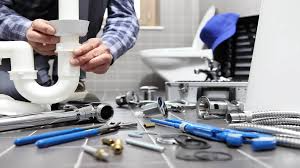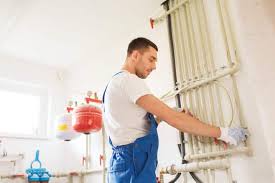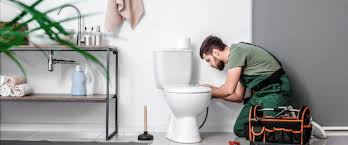Dealing with a plumbing leak can be stressful, but knowing how to act before calling a plumber can save you time and prevent further damage to your home. The first step when you notice a leak is to turn off the water supply. Most homes have a main shut-off valve located near the water meter or in the basement. Turning off the water supply will stop the flow of water and minimize potential damage to your home. If the leak is in a specific area, such as under a sink, check for local shut-off valves and turn them off to prevent water from continuing to flow through that pipe.
Next, assess the situation to determine the severity of the leak. If it’s a small drip or minor leak, you may be able to temporarily contain the water by using towels, a bucket, or a waterproof tarp to catch the water. For more severe leaks, such as a burst pipe, it’s important to act quickly to avoid extensive water damage. Use towels, rags, or a wet-dry vacuum to remove standing water as much as possible before the plumber arrives.
Another thing to check is the water pressure. If you suspect high water pressure could be contributing to the leak, it’s a good idea to inform the plumber so they can inspect and adjust the pressure regulator. Additionally, if you have a water damage issue, take pictures of the affected areas. This documentation can help the plumber assess the damage and may also be necessary for insurance claims.
Once you’ve contained the leak and documented any damage, it’s time to call a professional plumber. Plumbers have the experience and tools necessary to handle leaks quickly and efficiently, ensuring that the issue is resolved properly. If you’re unsure whether a plumber is needed, don’t hesitate to call for advice. A professional can help guide you through the next steps and let you know if immediate assistance is necessary.






